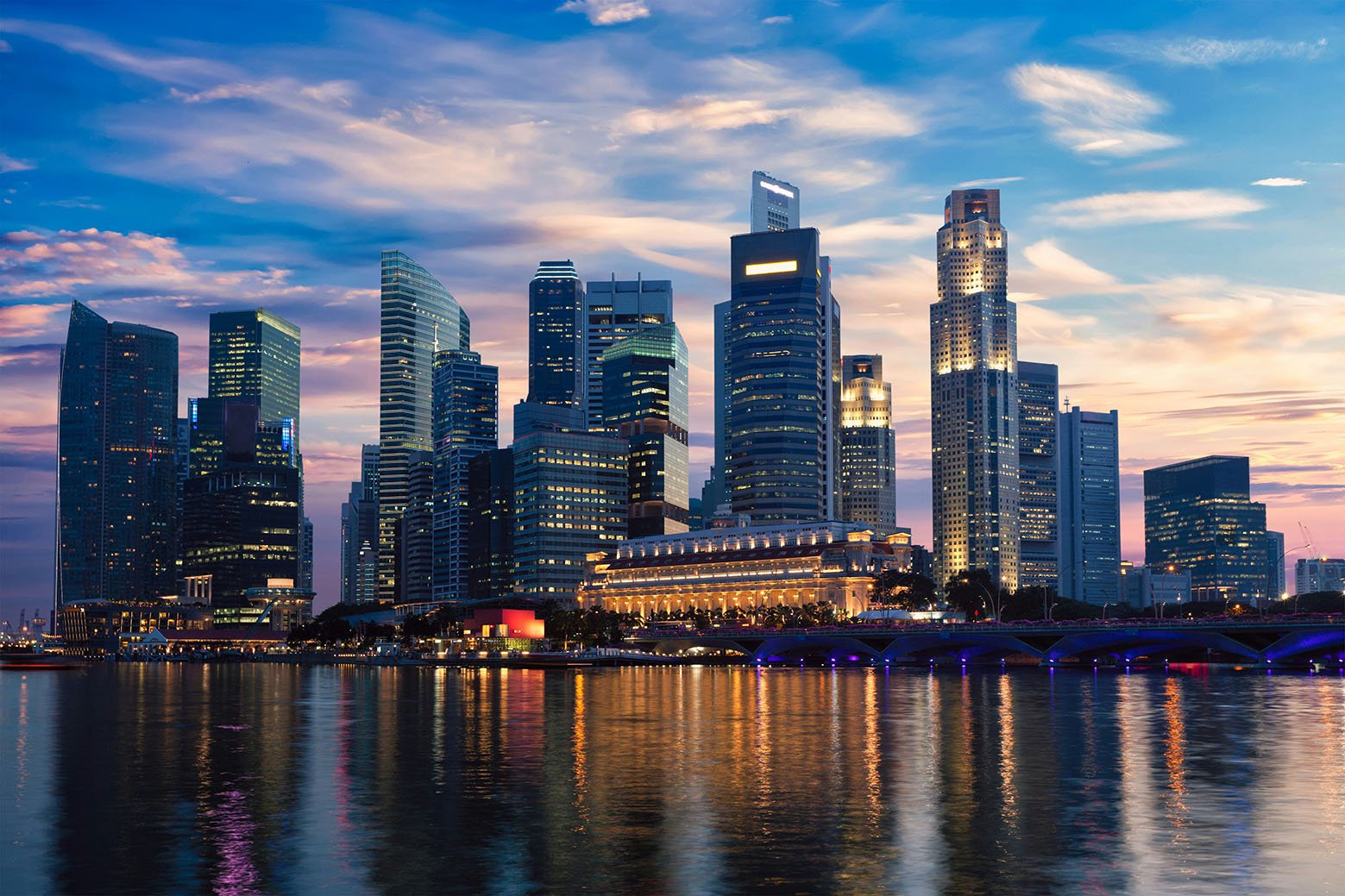The Lion City
Singapore, often referred to as the "Lion City," is a vibrant city-state situated at the southern tip of the Malay Peninsula, directly adjacent to the South China Sea. This strategic geographical location has significantly influenced its development and historical trajectory, enabling it to evolve from a humble trading post to a bustling global financial hub. Established in 1819 by Sir Stamford Raffles, Singapore's early days were marked by its role as a key trading center for the British Empire, attracting a diverse population of immigrants in search of better economic opportunities.
A Melting Pot
Singapore is a vibrant melting pot of cultures, stemming from its diverse population that encapsulates the rich heritage of various ethnic groups. The three major communities in Singapore are the Chinese, Malay, and Indian populations, each contributing to the nation's distinctive cultural landscape. The coexistence of these groups forms the backbone of Singapore's identity, fostering an environment that celebrates and respects multiculturalism.
The Chinese community, the largest ethnic group, has significantly influenced Singapore's culture, particularly through festivals such as Chinese New Year, where traditional delicacies and customs are highlighted. The practice of lion dances and lantern festivals are among the many traditions that showcase the depth of Chinese heritage. Meanwhile, neighborhoods like Chinatown offer an array of cultural experiences from markets to temples, providing insight into the Chinese lifestyle.
Equally important is the Malay community, which is integral to Singapore's identity. The celebration of Hari Raya Puasa, which marks the end of Ramadan, is a testament to the deep-rooted Islamic traditions that thrive within this community. Local cuisine also reflects this heritage, with dishes like Nasi Lemak and Satay being staple favorites across different ethnicities, further illustrating the blending of culinary practices.
The Indian community contributes to this rich tapestry through their vibrant festivals such as Deepavali, the Festival of Lights, showcasing intricate decorations and rituals. Indian cuisine, characterized by its rich spices and flavors, is another fundamental aspect that enhances Singapore's gastronomic diversity, with dishes like Biryani and Roti Prata beloved by many.
Finally, the Eurasian community, though smaller in number, plays a pivotal role in Singapore's cultural framework as well. This group has introduced unique blends of traditions and cuisines, highlighting the importance of multicultural interactions.
Modern Architecture and Urban Planning
Singapore is renowned for its striking skyline, characterized by a harmonious blend of modern architecture and innovative urban planning. The city is a hub for contemporary designs, with iconic structures that symbolize its rapid development and global status. Among these landmarks, Marina Bay Sands stands out as a premier example of architectural ingenuity. This integrated resort, with its three towering hotel towers connected by a unique sky park, not only provides luxurious accommodations but also serves as a center for entertainment and leisure, showcasing Singapore's commitment to multifunctional spaces.
Another remarkable feature of Singapore's urban landscape is Gardens by the Bay, which epitomizes the city's integration of nature within an urban setting. This futuristic garden features the iconic Supertree Grove, which combines horticulture with cutting-edge technology. These vertical gardens not only serve aesthetic purposes but also support biodiversity and sustainability efforts in a densely populated city. The site exemplifies how urban spaces can incorporate green elements, contributing to the overall resilience of the city.
The Esplanade, often referred to as "The Durian" due to its distinctive architectural design, represents Singapore's dedication to arts and culture. This performing arts center boasts world-class facilities, hosting a variety of events ranging from concerts to theater performances. Its unique structure and strategic location by the waterfront encourage cultural engagement and exploration, reflecting the city’s vision of a vibrant urban community.
In addition to these iconic structures, Singapore’s urban planning prioritizes green spaces and sustainability. Parks, gardens, and waterfronts are meticulously designed to enhance the quality of life for residents while mitigating the urban heat effects. The concept of a "Garden City" is central to Singapore’s identity, and through innovative planners, the city effectively balances urban development with environmental conservation. The result is a thriving metropolis where modernity coexists with nature.

